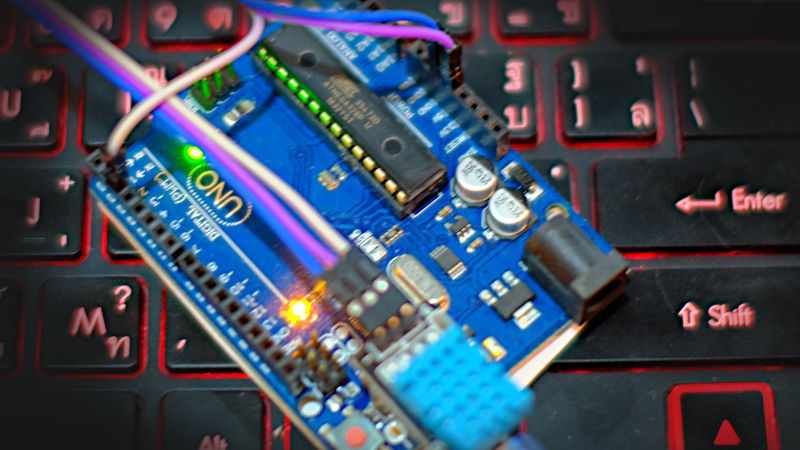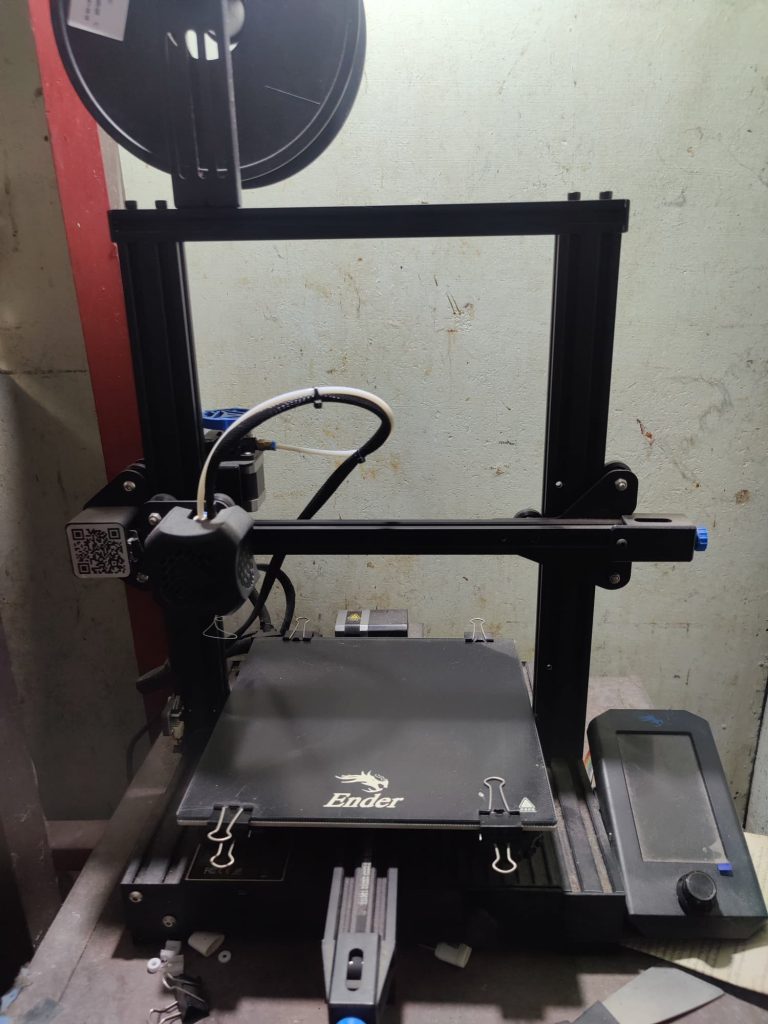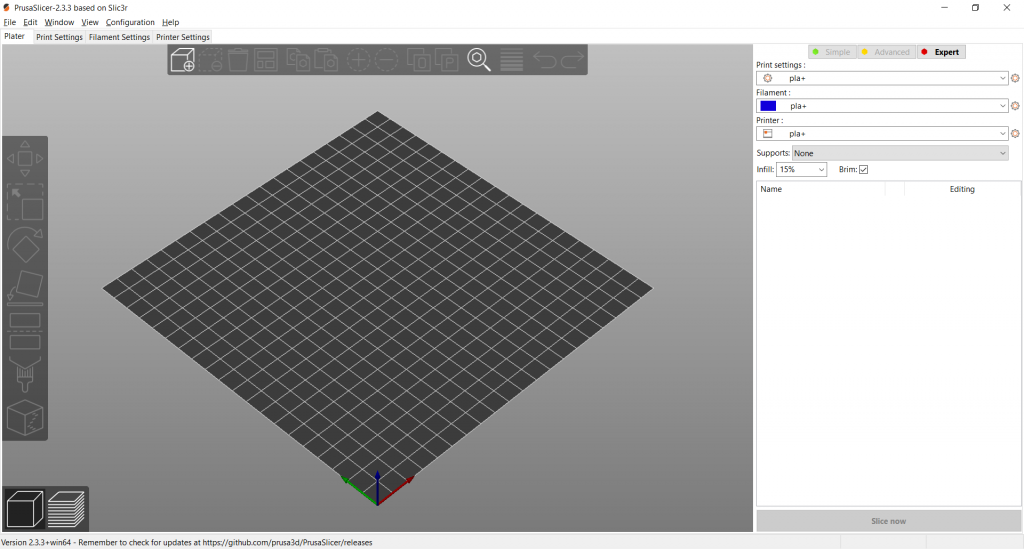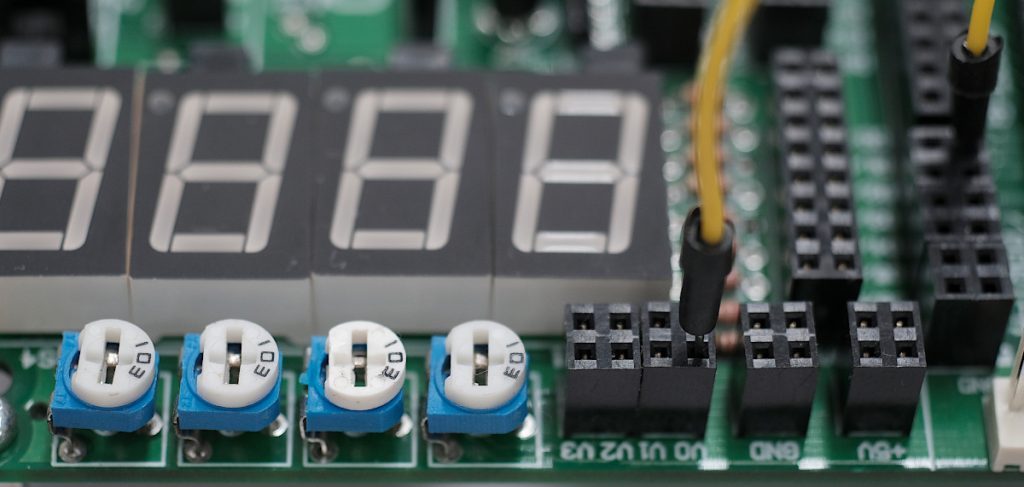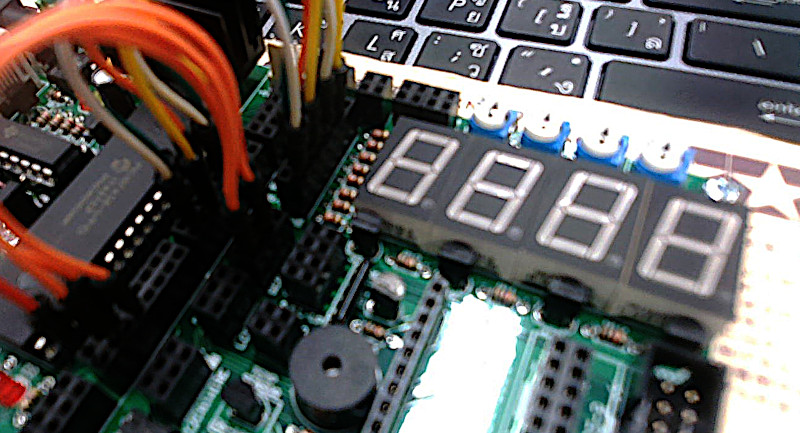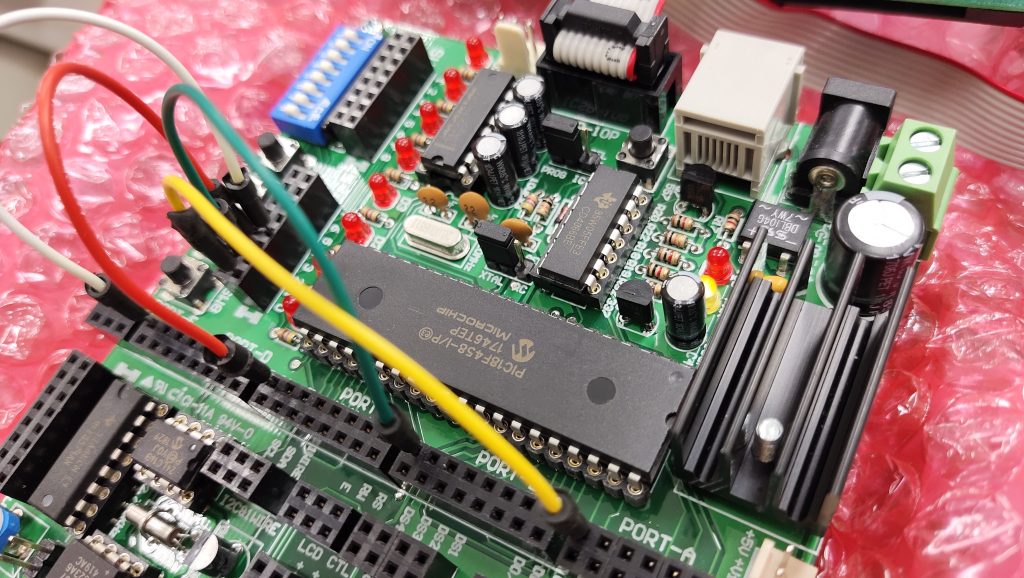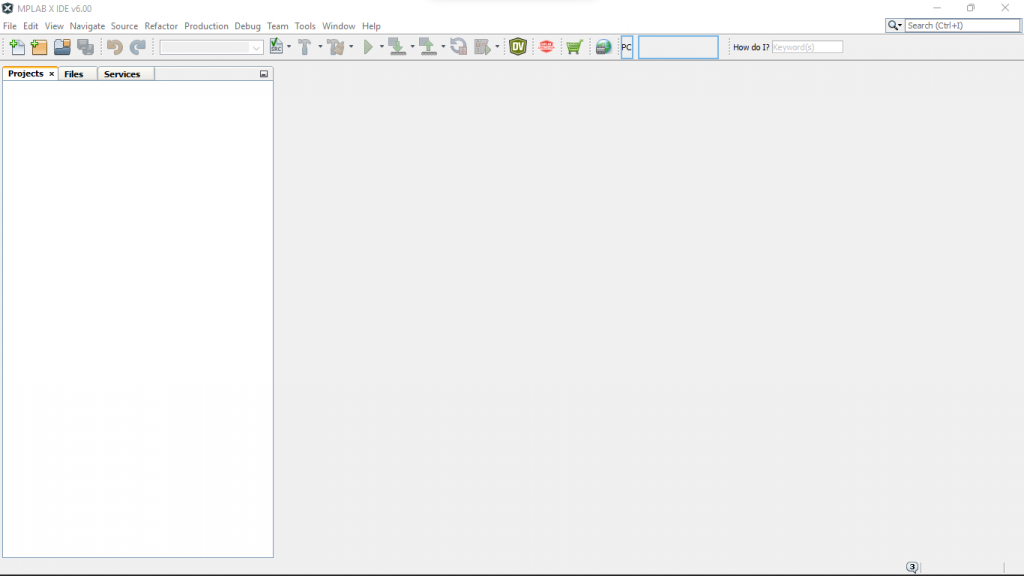[TH] Doubly Linked-List
บทความนี้เป็นการเขียนโปรแกรมภาษา C/C++ กับบอร์ด กับบอร์ด Arduino Nano, Arduino Uno, LGT8F328P [NANO F328P-C] และ ET-BASE AVR EASY32U4 หรือบอร์ดอื่น ๆ และแพล็ตฟอร์มอื่น ๆ ที่ใช้ภาษา C เพื่อจัดเก็บข้อมูลอุณหภูมิ/ความชื้นจากเซ็นเซอร์ DHT11 (ดังภาพที่ 1) ด้วยโครงสร้างข้อมูลแบบลิงค์ลิสต์คู่ โดยพื้นฐานของการจองหน่วยความจำ การเข้าถึง การยกเลิกการจองหน่วยความจำสามารถอ่านได้จากบทความก่อนหน้านี้ (Singly Linked List)
